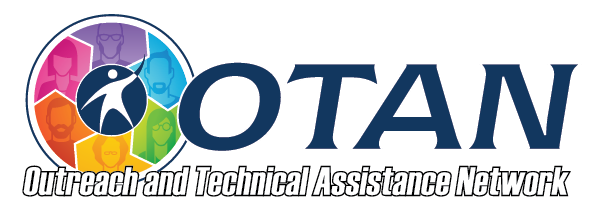Search
How to Use an AI Tutor Effectively, Accurately, and Ethically
Details
Activity Description
Learners will use AI in their lives. They need to learn how to use it effectively, accurately and ethically. In this lesson, learners will identify when to use AI assistance, how to use it effectively, how to evaluate the accuracy of AI responses and how to use AI ethically.
21Things4Students ins an online learning resource focused on teaching students technology proficiency. The information is presented for students through projects. It is designed for K12 but the interactives, videos and resources are well worth your time. One of their topics is Q7 Intro to Artificial Intelligence (AI): Introduction Vocabulary, What is AI? AI in Real Life, AI Playground, AI Prompt Writing, Training AI, AI Ethics & Privacy
Preparation
- Check the website to ensure it is not blocked at your site.
- Read through the lesson plan.
- Print and make copies of any handouts.
- Take time to look at the 21Things4Students site. Select games, interactives or videos to enhance your lesson
More Ways
Spend time expanding the lesson. Include videos, games and interactive resources at 21Things4Students Q7 Intro to Artificial Intelligence (AI): Introduction Topics include:
- Vocabulary
- What is AI?
- AI in Real Life
- AI Playground
- AI Prompt Writing
- Training AI
- AI Ethics & Privacy
Program Areas
- ABE: Adult Basic Education
- ESL: English as a Second Language
- ASE: High School Equivalency Preparation
- ASE: High School Diploma
- CTE: Career Technical Education
- AwD: Adults with Disabilities
Levels
- All Levels
- Beginning High
- Intermediate Low
- Intermediate High
- Advanced

